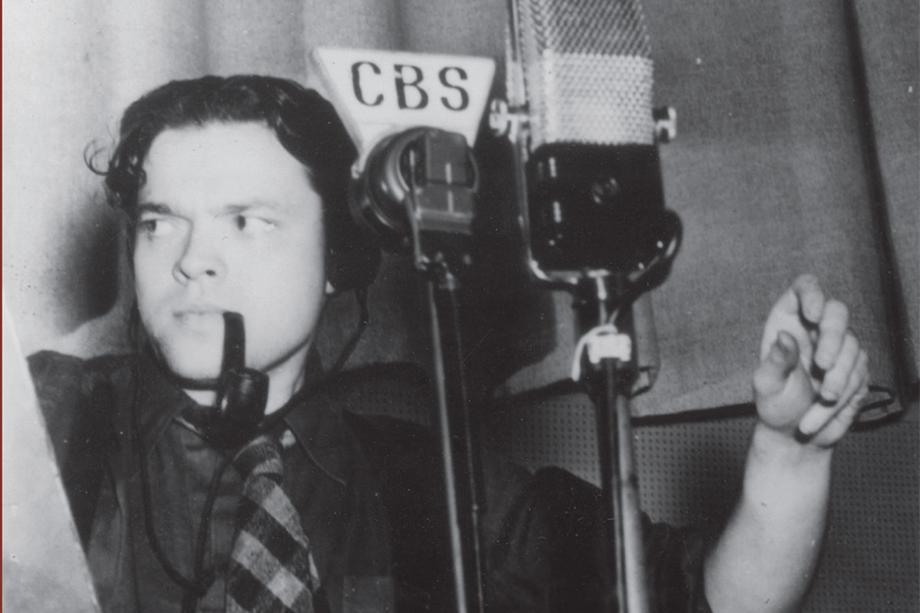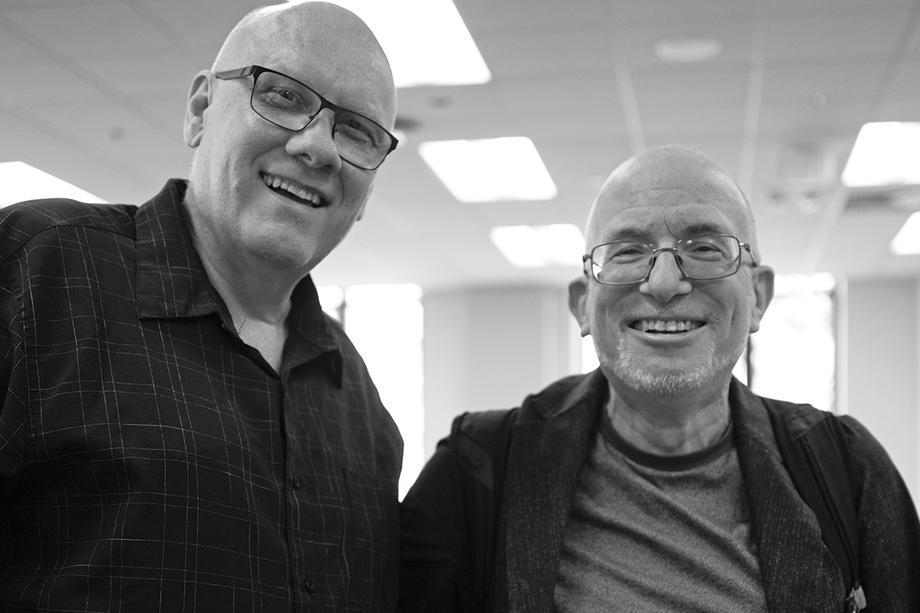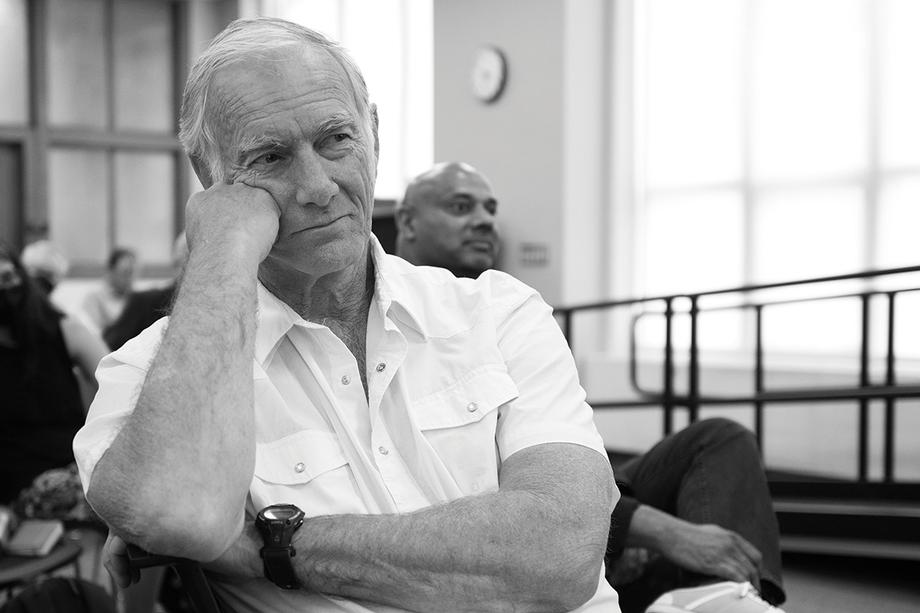Maverick recognizes maverick
January 16, 2024
John Sayles, prolific filmmaker, author, and director, has been working in the industry since the early ’80s, and has written and directed nearly 20 films. He also maintains close ties with the University of Michigan Library: in 2014, he donated his papers to the Screen Arts Mavericks and Makers Collection, and visits regularly to engage with the students who study it.
But on a visit last spring, he had a different purpose. He was the inaugural Bilmes Visiting Filmmaker, and he was there to study the papers of fellow maverick Orson Welles.
Philip Hallman, film studies field librarian, coordinated the visit, and was fascinated by this master screenwriter examining the work of another master. “He can look at someone else’s script and dissect it so quickly and easily and identify the strengths and weaknesses,” Hallman said.
He offers as an example one of Welles’ early efforts, undertaken soon after his move to Hollywood from New York in the wake of the success and infamy of The War of the Worlds radio broadcast in 1938. It was an adaptation of Joseph Conrad’s novella, Heart of Darkness.

“John looked at that original script, and was able to see right away both the brilliance of Welles, and that it came across more as a radio drama than a motion picture,” said Hallman.
The visiting filmmaker series was first conceived by Nancy Savoca, another filmmaker whose papers are part of the Mavericks and Makers Collection, who suggested there could be much to learn, even by a seasoned filmmaker, in studying the work — drafts, correspondence, and all — of others.
Sayles was the first in the series because his papers were part of the curriculum of a class Hallman was teaching with Professor Matthew Solomon in the Department of Film, Television and Media.
“Every winter semester we concentrate on one of the subjects in the collection to introduce students to working with primary and archival research materials,” Hallman said.
The course was also shaped to meet the LSA race and ethnicity requirement.
Digging into this requirement was the work of Brinni Gentry, a fourth year doctoral candidate and the inaugural Bilmes Screen Arts Mavericks & Makers Intern. Her approach was informed by her knowledge of the body of work — Sayles, a white man, frequently highlights the experiences of Black people and other marginalized communities, perhaps most famously in Brother from Another Planet (1984).
“My aim was to find materials in Sayles’ papers that might reveal how the portrayals of marginalized identities were handled during production, post-production, and release, and how diversity was navigated on the film sets,” said Gentry. Gentry’s work helped students in the class understand how race and ethnicity shows up in the film and behind the scenes.
As a scholar who primarily studies early and silent film history and “lost” films, Gentry said digging into the archival boxes gave her a much greater appreciation of the many stages of filmmaking.
“I started graduate school at the height of the COVID-19 pandemic, when many archives were closed to visitors. So I’ve had to rely on digital archives and digitized materials, and I’ll continue to sing the praises of the work they’ve enabled.” But she now also sees the extraordinary value of digging into an archival box, having discovered the “magic of coincidence and unexpected finds.”

Gentry’s internship program and the visiting filmmaker were both funded by Joshua Bilmes, a long-time supporter and donor.
by Alan Piñon

John Sayles at the library in 2023, photo by Melissa Squires.